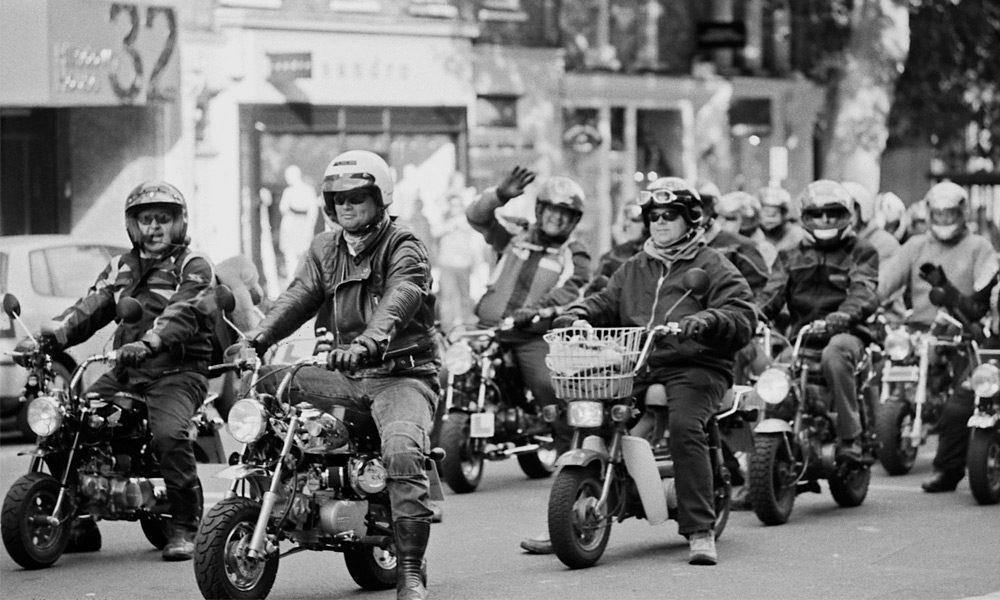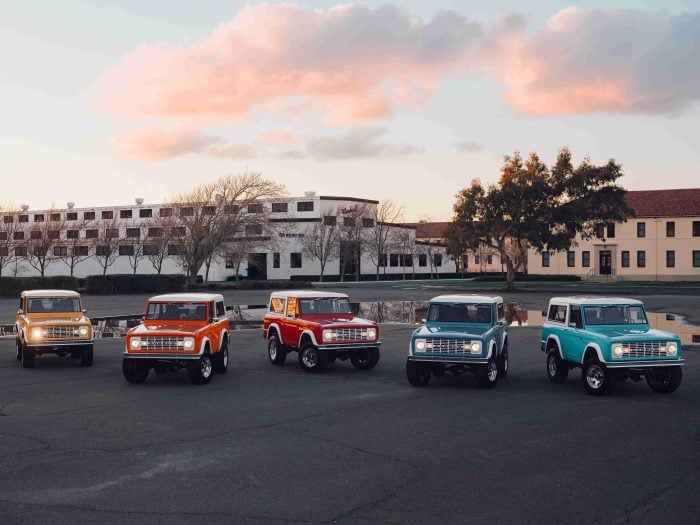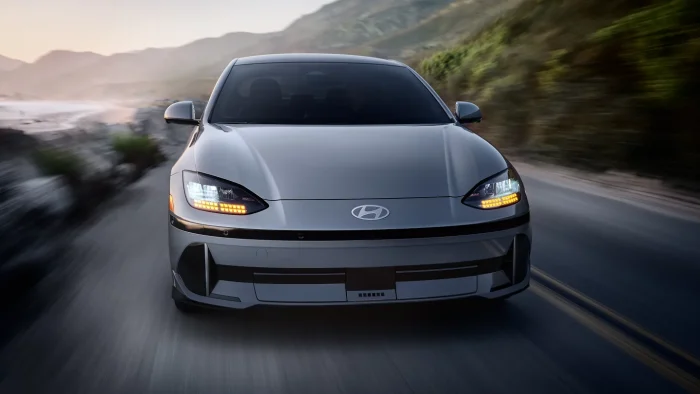You are either completely in love with the Honda Z series or you have no idea what it is. For those in the latter category, here’s a quick intro (which will then be followed by a longer story about the origins of the bike). The Honda Z50 was a street-legal mini-bike whose popularity was a huge surprise to almost everyone. It had a 49cc engine, five-inch wheels, and the first US imports in 1968 looked like Honda was trying to bring Oompa Loompas to the Hell’s Angels. Or at least the beach branch.

It was also called the Honda Monkey, both affectionately and derogatorily. The name stems from what the rider looks like when seated on the bike. Arms and legs stick out at weird, sharp angles and, depending on the rider’s size, backs can hunch over almost as drastically, making the rider look like a circus monkey. Right about now, you should be thinking of the bike in Dumb and Dumber. While it’s not the right model bike, it’s almost the same riding posture.
Even if you’re a bike purist, you have to admit you see the attraction. As soon as you interact with a Monkey, you’re in a better mood. It’s a miniature, fuel-efficient machine designed entirely with fun in mind, and that’s a machine that only the blackest hearts among us can be upset with.
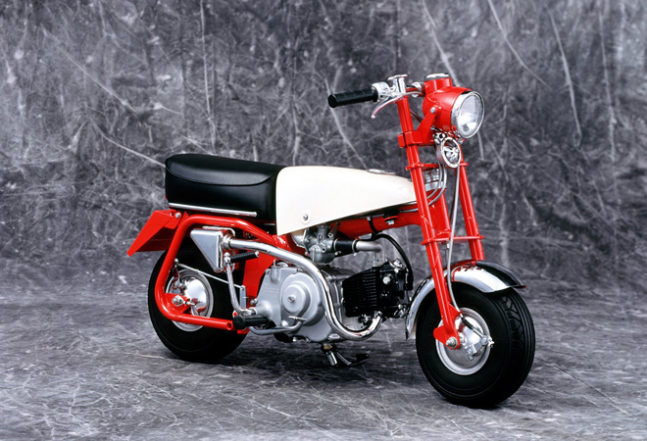
The original design for the iconic bike popped up in Tokyo at Tama Tech Park. Where today most people in the know would recognize some version of the “Z50” designation, the amusement park bike was the Z100. We’re not sure what prompted the name change, but the bikes didn’t change much when the number dropped. That first Z100 had a bright red frame, cushy seat, white fuel tank, and overall boxy appearance, all features that would be instantly recognizable. It’s classic ’60s and easy to imagine Don Draper tooling around on one of them. Or, it would be, if Don Draper was more like Jon Hamm in real life. Because Jon Hamm would absolutely ride one of these and have a great time doing it.
Tama Tech Park was owned by Honda and revolved primarily around motosports in one form or another. Visitors to the park, particularly the ones who first rode the bikes were the first ones to be described as looking like monkeys. And it was a lot of people, considering the immediate popularity of the attraction.
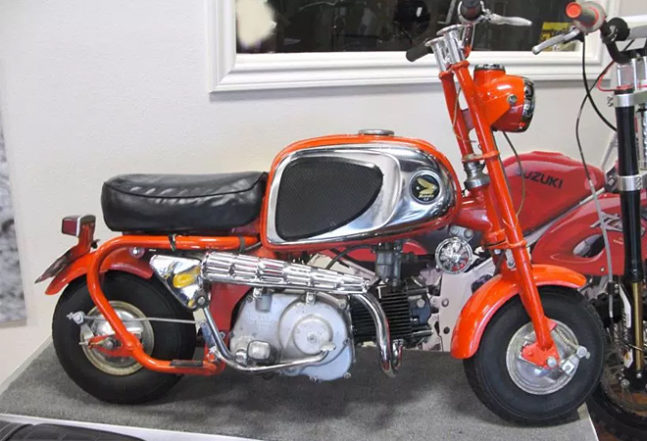
The popularity also convinced Honda bigwigs they didn’t have to limit themselves to amusement park tracks and a production model of the bike might actually make them some money. In 1964, the CZ100 was introduced. We can only speculate as to the reasons any bits were redesigned, so don’t think any of this is gospel, but we’d say Honda designers figured people wouldn’t want an amusement park ride in their garage. Kind of like how we love bumper cars, but definitely wouldn’t make one our primary mode of transportation. Though, like the CZ100, a slight redesign could convince us otherwise.

After the CZ100 came the Z50M in 1967, the first model to have huge numbers exported to Europe and prove the international appeal of the bike. And that appeal makes sense. They were easy to store, super cheap to run, simple to maintain, and financially accessible to everyone. If you’ve been to Europe, you know the cities aren’t exactly friendly to cars, but a compact bike would have you zipping along the streets like a commuting fiend. They solve a lot of problems and are crazy fun to ride.
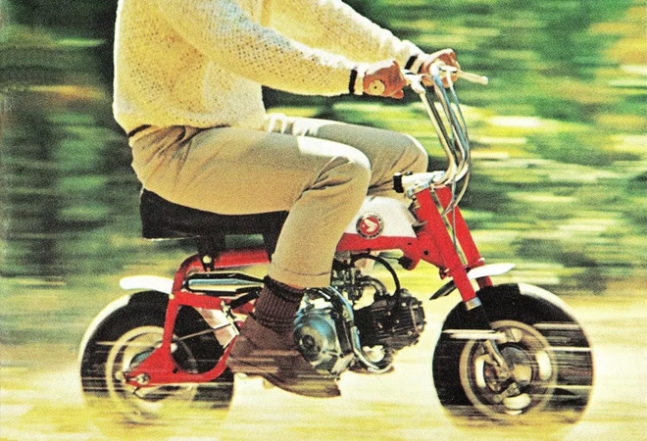
When the Z series finally came to America in 1968, it came with a new name, a few new features, and lacked street legality. The Z50A, also called the “Mini Trail,” came with a dual-color fuel tank, white grips (that looked like they belonged more on a child’s big wheel, a rare step backward in our opinion), larger eight-inch wheels, and front suspension, the last of which was a series first. This first Mini-Trail, while unmistakably in Monkey lineage, wasn’t street legal, because it lacked lights and mirrors, a quirk that would be rectified in the following year.
A semi-unforeseen benefit of the Mini-Trail was an opportunity for families to go on roadtrips together. It wasn’t uncommon to see a family tearing it up on their own personal bikes, especially after the YMCA instituted a program to teach kids to ride Mini-Trails safely and responsibly. The inspiration for this program came out of what the YMCA saw as a solution to juvenile delinquency in America. Teaching kids to healthily engage in group activities gave them a constructive outlet and kept them from falling into darker pursuits. Thanks to a generous donation of 30 Mini-Trails by American Honda soon after the Mini-Trail’s US introduction, the YMCA began their educational program and saw almost immediate success. In fact, it was so successful, in October of 1970 American Honda followed up their first donation with 10,000 more Mini-Trails, to be distributed across the country.
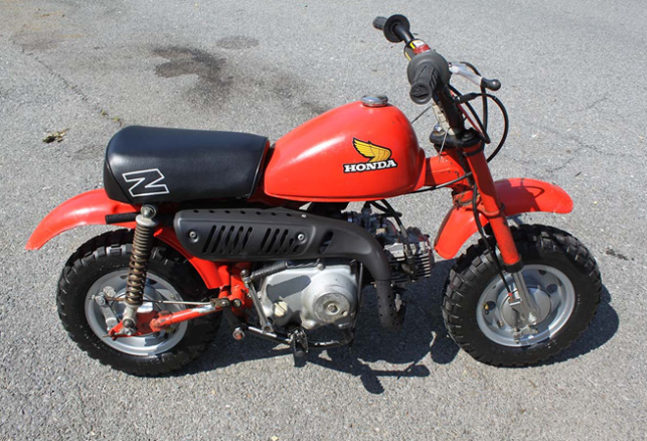
Over the following years, the Monkey would get a number of upgrades. The Z50A got a bigger fender, foot brake lever, new frame, new seat, new gas tank, and rear suspension. The new Z50R designation appeared in 1979 and included a newer seat, better gas tank, BMX handlebars, and was nudged more toward racing than the previous casual ride. The Z50R also dropped the street legality when it lost the lighting system in the push toward racing.
A sportier ZB50 brought the bike back onto the streets in 1988. It had a twin spar aluminum frame and upswept exhaust, making it significantly different than the Monkeys that came before, as well as more expensive. It was this expense that cause Honda to drop the ZB50 not long after.
Plenty of different versions, redesigns, and competitor releases kept the Monkey in production until 2017, when the 49cc minibikes were finally discontinued. It was a 60-year run that increased motorcycles’ accessibility. There wasn’t a special talent to riding a Monkey the same way there can sometimes be for larger, more intimidating bikes. If you were on a Monkey, you were just on the bike to have a good time. You knew it, everyone around you knew it, and anyone making fun of you was in a vocal, miniscule minority.
But the discontinuation of the original 49cc bikes doesn’t mean the fun has to stop. There are still two bikes available in the spirit of the Monkey.
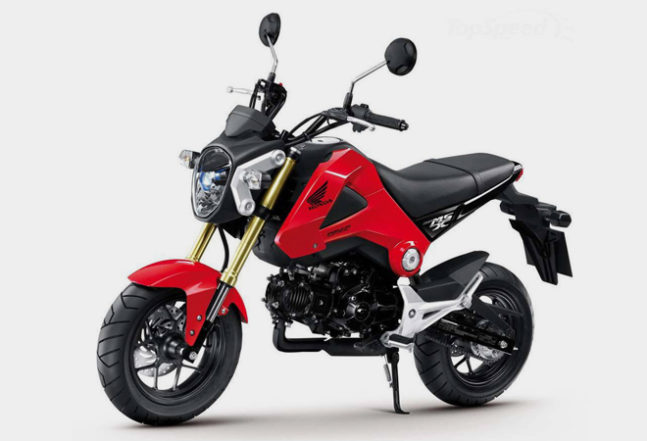
The first one is the Honda MSX125, better known as the Grom. First released in 2014, it’s a far more powerful bike that strips some of the novelty of the Monkey without sacrificing the accessibility or fun. You get a 125cc, 2-valve, single-cylinder engine and quite a bit more power than the Monkey. Your knees won’t stick out quite as far, but your daily commute is just as good.
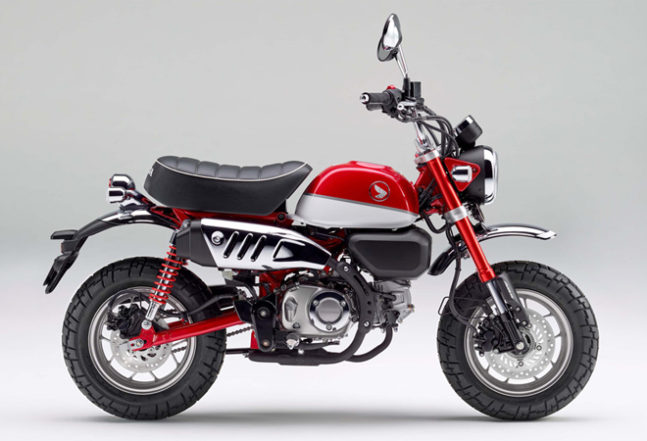
The second is the Honda Monkey, which, yes, one year isn’t that long to be discontinued. But this year’s Monkey is coming with a serious upgrade. Honda seems to be planning to simply take the specs of the Grom and transfer them to a smaller bike. It’s a welcome update and somehow makes the Monkey even more viable as an everyday bike. To us, boosting the power of the minibike feels like the natural next step in taking the Monkey from a Tokyo amusement park and getting it on American streets.

